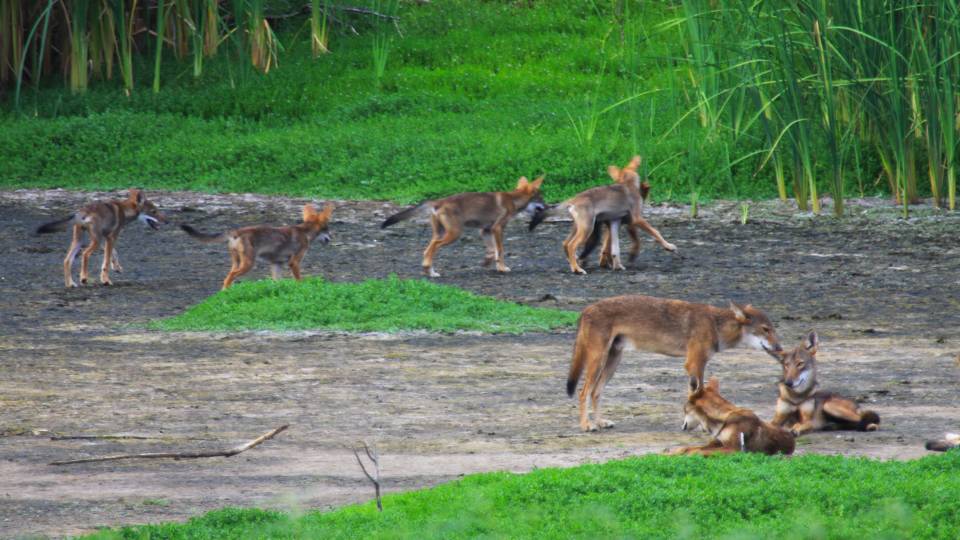A team of researchers, including Jeanne Altmann, a Princeton University professor of ecology and evolutionary biology emeritus, has found that the slow pace of human aging is not as unique as once thought.
Members of a research team led by scientists from Duke University and Iowa State University and brought together by the National Evolutionary Synthesis Center (NESCent) says the team has conducted the first-ever multi-species comparison of human aging patterns against those in wild chimps, gorillas and other primates, and their findings suggest that the human data on aging falls within the primate continuum. The findings were published in the March 11 issue of the journal Science.
Focusing on the rate at which mortality risk increases with age, the researchers combined data from long-term studies of 3,000 wild primates from seven species: capuchin monkeys from Costa Rica, muriqui monkeys from Brazil, baboons and blue monkeys from Kenya, chimpanzees from Tanzania, gorillas from Rwanda, and sifaka lemurs from Madagascar.
Altmann describes the Princeton team's contributions to the research as follows:
"The Princeton-based group has been studying the Amboseli baboon population in Kenya for 40 years -- seven generations of individually indentified animals and their lineages in five social groups -- resulting in the largest data set and one of the longest standing studies. The Amboseli project provided a model for data collection for many other studies of wild populations, including most that came together for this comparison.
"The original baboon life history database that we [Altmann and biologist Susan Alberts from Duke University] developed served as the model for the comparative database that was established for this unique comparative analysis of aging in our closest relatives. What is significant is that the present analyses depend on the collaboration, on bringing the diverse datasets together using comparable criteria, and in a full analysis that could then reveal the ways in which major aspects of human demographic aging fit well within the range of other primates.
"This then highlights that these human aging patterns are deep within our primate heritage rather than unique, and sets the stage for delving more deeply into the biological factors that contribute to similarities and differences in some of the particular variability among males and among females of the various primate species and between the sexes. For example, in the Princeton group’s baboon research, current studies are targeting identification of some environmental, behavioral and hormonal predictors of differences in aging in this natural population. Our aging research is being funded by the National Institute of Aging and the National Science Foundation."
In addition to researchers from Princeton, Duke and the University of Iowa, other researchers were from University of North Carolina-Charlotte, Columbia University, University of Wisconsin-Madison, University of Calgary (Canada) and the Dian Fossey Gorilla Fund International.
Members of the news media wishing to contact Altmann are encouraged to e-mail her at altj@Princeton.edu.
Organizations that funded the comparative project included NESCent, a nonprofit science center dedicated to cross-disciplinary research in evolution that is funded by the National Science Foundation. NESCent is jointly operated by Duke University, The University of North Carolina at Chapel Hill, and North Carolina State University.



